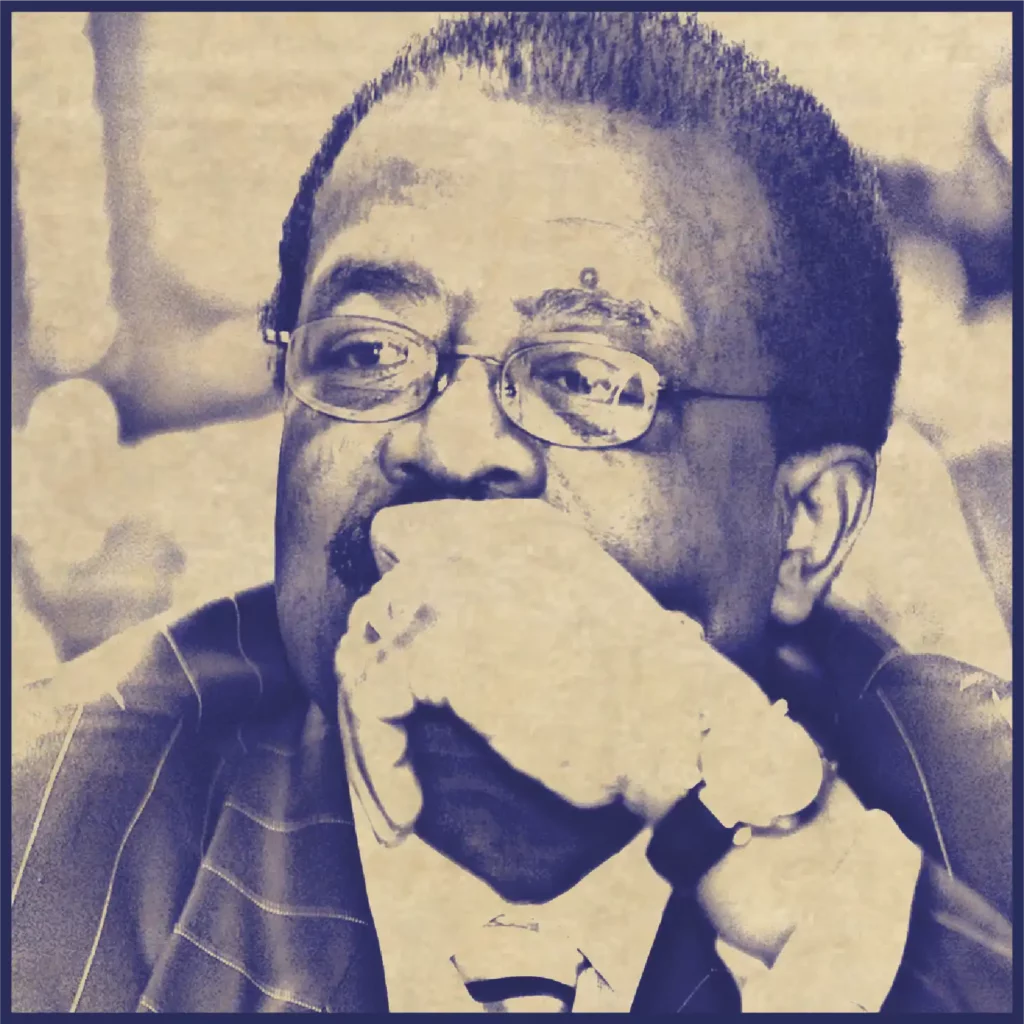The past few years have shown a large increase in the number of reports of police brutality cases, especially against people of color. Some might wonder whether or not police brutality has increased over time, or if reporting has just gotten better. The answer to that question is murkier than what news reports would suggest due to a lack of reporting by police departments about the issue.
Police departments are required to report police brutality cases to the federal government, but only a small fraction of them do so. There is also no standard for what gets reported and what does not by departments. A police department might feel that their use of force was justified after someone was convicted, even if at the time it would have seemed excessive. The data was so flawed that efforts to collect the data during the 2000s were halted due to unreliability.
However, even when taken as just a baseline, police in the United States injure and kill far more people than their peers in other countries. Perhaps this is why there are many independent projects now tracking cases of police brutality on their own. These projects include:
The statistics collected show disturbing trends in how often, where, and among which groups of people police brutality occurs.
Supporters of police unions say that police shooting and brutality cases are rare, and even when they happen they are often justified. While that may be their opinion, the facts of these matters have to be addressed in the court of law, not in the court of public opinion. Plus, these opinions are often based on the unreliable data provided to the FBI by police departments. If there is an issue with police brutality, it’s in the interests of corrupt departments to hide that information from those who might have the authority to reign them in.
There has been evidence of corruption for some time now. A study done in 2000 showed that many officers turn a blind eye towards abuse they witness among fellow officers. Looking at how American culture has changed in the intervening 18 years, that attitude doesn’t appear to have changed, and has likely gotten worse.
Even though we don’t have the data to accurately measure how much police brutality cases have increased over time in the United States, we can give a few conclusions. First, we have more police violence here in the U.S. than in any other country. Second, the low reporting numbers make it look like police departments are trying to hide misconduct. Third, the number of cameras in the hands of the public have made these cases much more difficult to hide. For example, the Rodney King police brutality case was discovered because a brave individual, George Holliday, saw the beating and grabbed his camcorder.
In an ideal world, police brutality would not exist. But, holding officers to that ideal requires people to come forward when things go wrong and pursue cases against them. If you or a loved one has been a victim of police brutality, we urge you to contact The Cochran Firm today for a free consultation.
Contact us today for a Free Consultation





